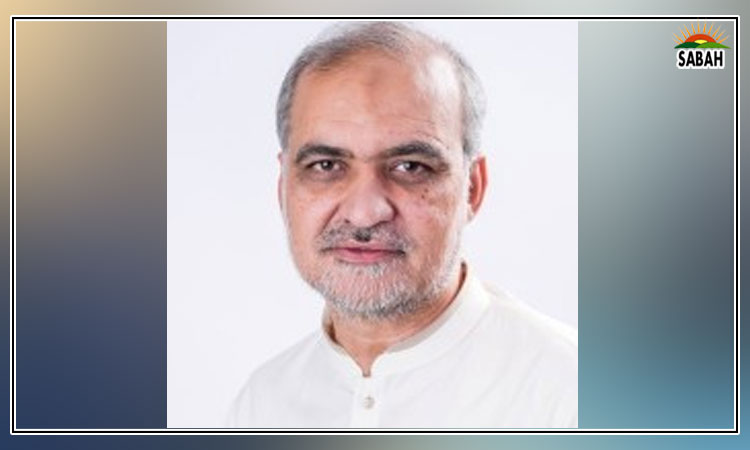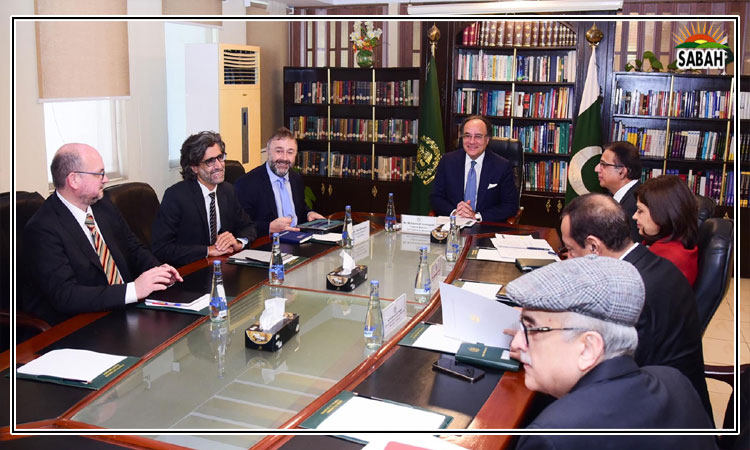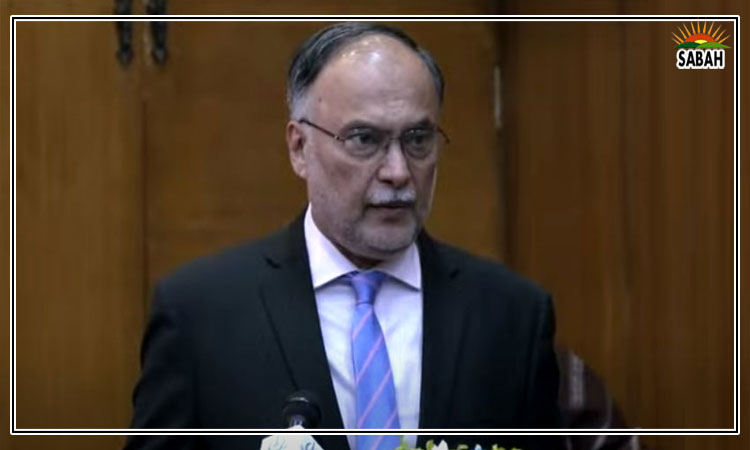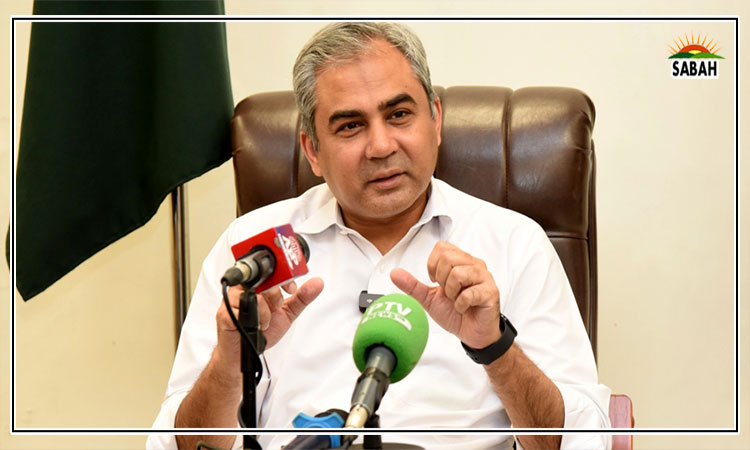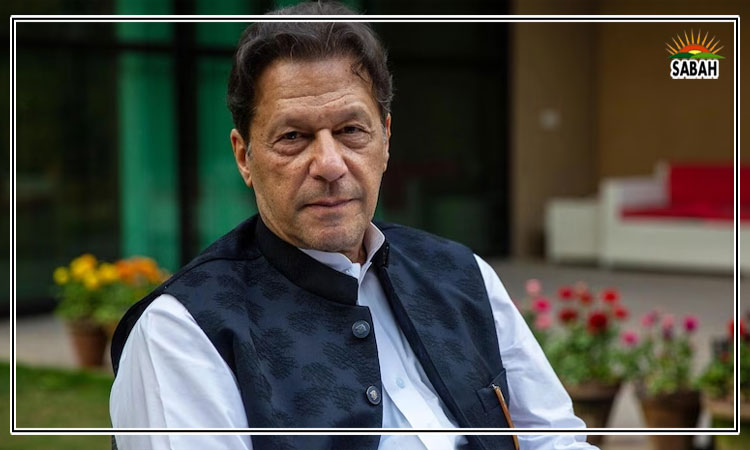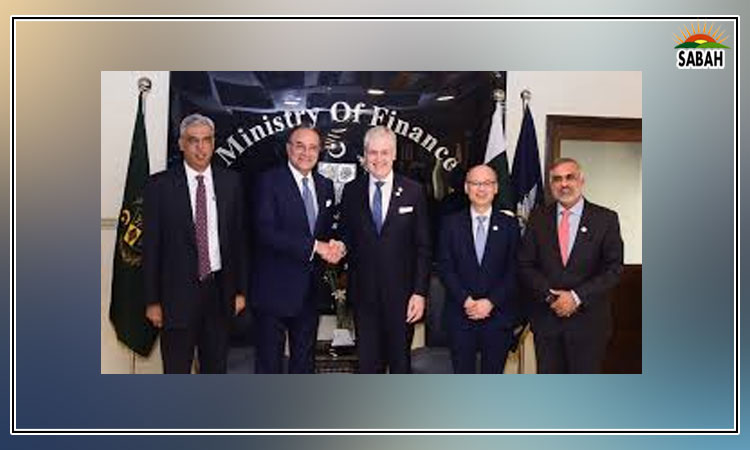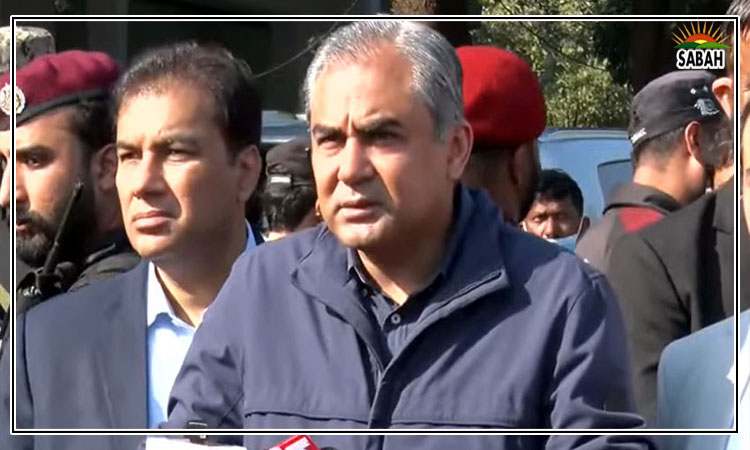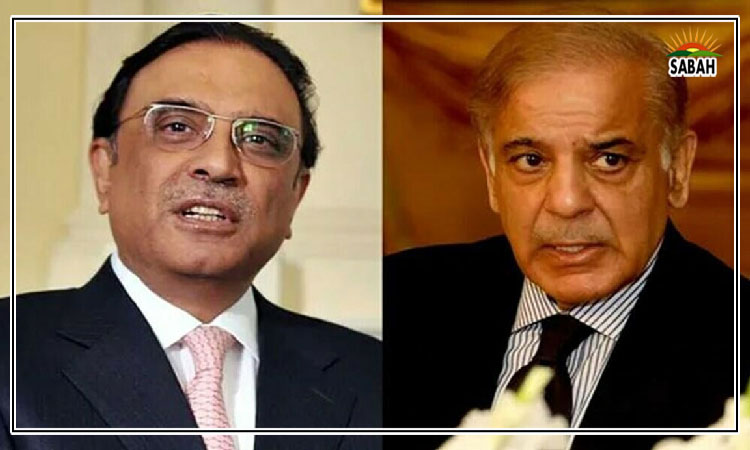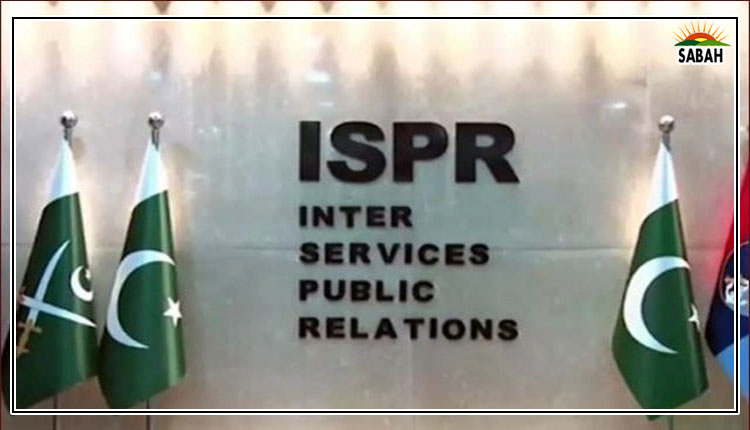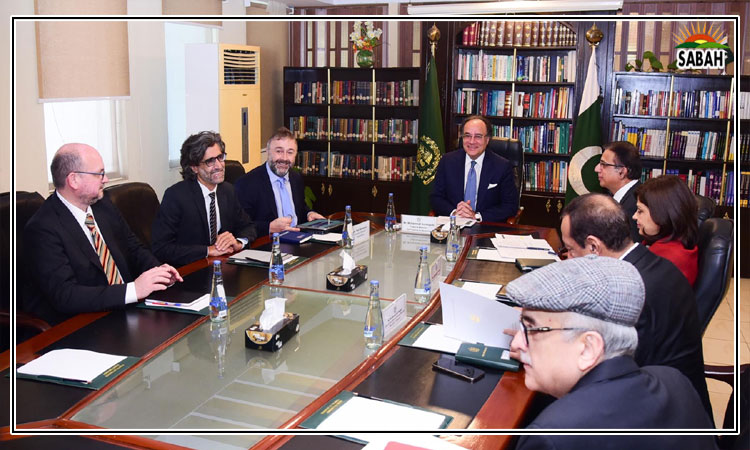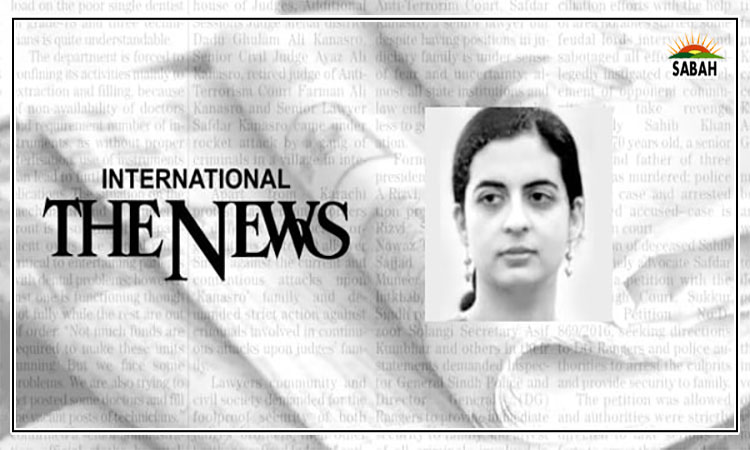Creating a leader…Kamila Hyat
The time has come when once again people across the nation are engaged in the process of trying to decide who they will vote for. The front-runners, including Nawaz Sharif and Imran Khan, both face cases but most believe that Nawaz will be able to contest the election one way or the other. After all, there are many hands that control what happens as far as the electoral process of Pakistan goes.
More important than the candidates themselves is the question of the people. Do they have any choice on whom to vote for? Is it to be the same people over and over again? Certainly other parties which had hoped to make some kind of mark have not really succeeded. In the first place, they have not joined hands and stayed in their separate coteries taking out tiny protests over the Israeli atrocities in Gaza and other matters. On such a small scale, these protests have no meaning. We ask why this has happened in other countries and could happen in India partly since vaguely the same ideology cannot come together. There are youth-led movements, parties, workers and trade unions which could join in as a whole, perhaps drawing in the new Reimagining Pakistan group to put together something new to offer people. But the task is a hard one and the unwillingness to combine forces is not encouraging.
We also have the problem of peoples insecurity about political matters and how they see them. The failure to educate people about politics correctly and as objectively as possible means many are confused about concepts such as secularism, atheism, feminism or even matters such as presidential rule and the role of the Senate in the electoral process. This makes it harder for them to decide and many vote on the basis of the MNA or MPA they feel favours them. In many cases MNAs are approached for work such as placing water taps in an alley, although this should be the work of local governments.
The lack of local governments is an extreme failure of the state and means that instead public representatives who should be dealing with policy, have to reach a point where they are pumping out water after rains and making sure this becomes a photo-op that everyone can see. Shehbaz Sharif is perhaps the master of such photo-ops.
The next question we come to is why we have not produced leaders. The answer is fairly simple. We have knocked aside trade unions, student unions, and other grounds from which politicians once arose. Without these nurseries, we cannot expect leaders to take over matters and move ahead with the people. We also need far stronger links between politicians and their constituents. Again, local bodies play the key part in this. But MNAs too can visit their constituencies at least once a week and see what the real problems of the people living there are.
But all of us know that this is not the way politics in the next election will be run. The results that appear are often hidden in darkness and it is difficult to say who will be chosen and brought to the top. Of course, we can guess and for now the lead seems to lie with Nawaz Sharif who we can only guess has made up with the persons he once attacked and spoke out against. For the moment his chief enemy is Imran Khan. The PTI is indeed a potentially powerful force notably in Punjab and Khyber Pakhtunkhwa, but with so many of its activists behind bars and no real leaders to take people out, added to what is the very possible absence of Imran Khan. It is hard to see the party making a return.
We will therefore go back to paths we have travelled in the past. After all, the PML-N is familiar to many paths, in many different ways. We have watched it develop and grow over the years and we have seen the Sharif brothers play their role in Punjab and in the centre. It is thought that Nawaz Sharif may have mellowed over the years, but his daughter Mariam is certainly on a fiery path.
The sad thing is that political ideologies and agendas do not really decide much. Instead it is the campaigns and the amount of money spent on them which does this as well as events such as the actual counting of votes and the division of constituencies. This is sad in many ways, but it is our reality. It is a reality we must look at for now. We also ask how the country will change if the leadership remains the same. This is a good question. But we should remember that recent parliaments have thrown up new leaders who speak with new voices and even former prime minister Shahid Khaqan Abbasi has broken away from the party his family has been linked to for well more than one generation. Perhaps others too can break away from the old mode and come up with new ideas.
As a young leader, Bilawal Bhutto needs to be watched closely. This election is perhaps not his time but his time could come in the future at one juncture or the other. Depending of course on how cards are dealt out, there is much to see and much to be done. All this will begin in the coming days with Nawaz already back in the country and ready to move ahead. His party seems confident of a place at the top of the electoral pie.
But it is sad that we will once again be almost inevitably handed over to the same people who we have seen over and over again. The fresh blood the country so badly needs is missing. It is also missing because there are very few who want to lead a country that many see as now unable to stand on its own feet. But there is still strength in some aspects of Pakistan. A leadership has to be found which can build on these pieces of strength and bring them together to create an arch of one kind or the other.
The task is a difficult one, but the challenges have to be undertaken. In the first place, we need a sound economic team and also a sound political, social and environmental setup. There are plenty in the country who can fill the role. The question is whether they will be brought to the top spots and allowed to follow the policies that they would of their own wishes opt for so that we can move forward and overcome many issues which face us, ranging from disappeared people to vanishing trees.
Courtesy The News


